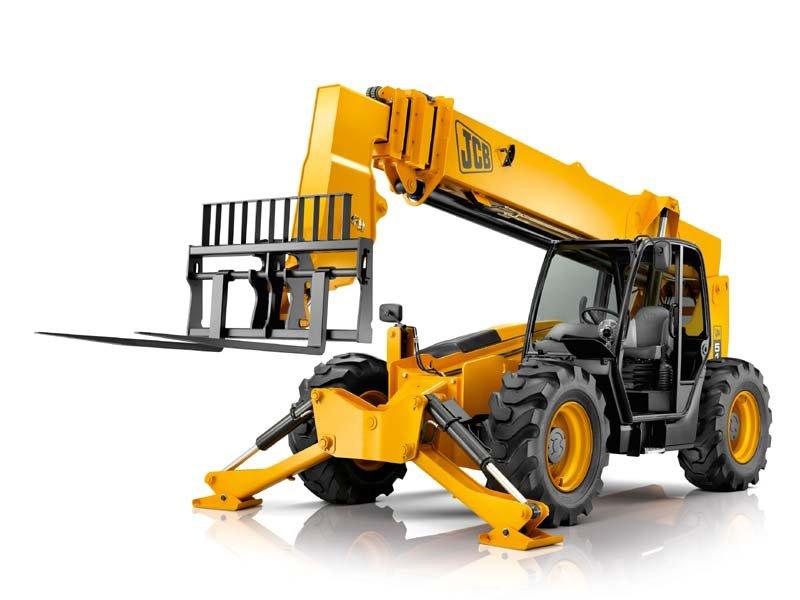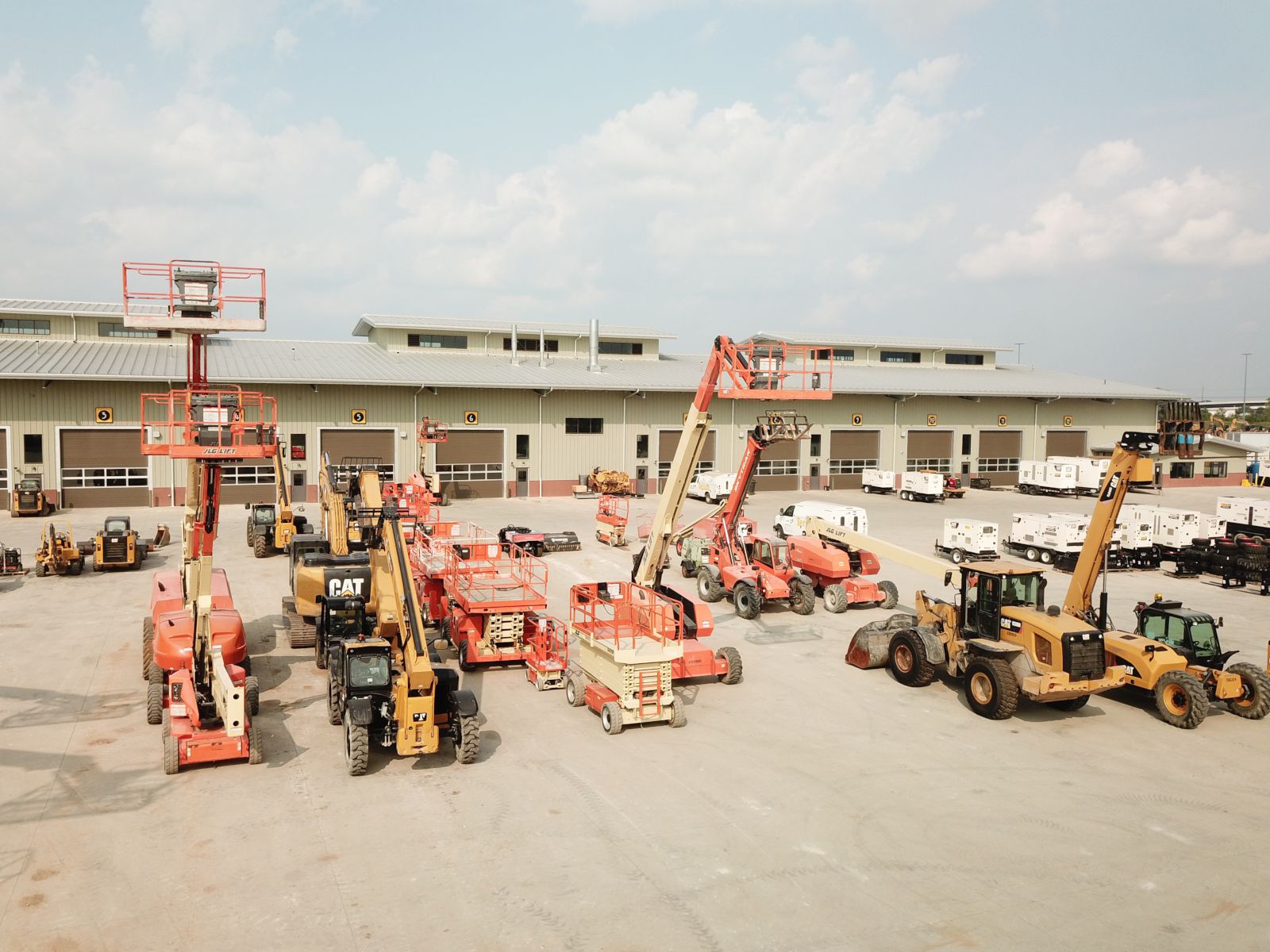Aerial Lift Rental: Versatile Training Solutions for High-Access Jobs
Maximize Your Budget Plan by Understanding the Prices Linked With Building Equipment Services
Understanding the full range of prices linked with construction devices services is crucial for maximizing your budget plan. What approaches can be employed to efficiently handle these expenses and make certain a more effective rental experience?
Review of Rental Costs
When taking into consideration building tools leasings, recognizing the connected prices is vital for effective budgeting and job preparation. Rental expenses can differ substantially based on a number of factors, consisting of tools kind, duration of rental, and area. The preliminary rental cost usually reflects the devices's market need and its associated functional capacities, influencing the total cost.
Along with the base rental rate, ancillary prices may occur, such as transportation fees, gas additional charges, and upkeep fees. It is necessary to represent these extra expenses to precisely examine the overall price of leasing devices. Additionally, the rental duration can influence pricing; longer services may get approved for discounted rates, while short-term leasings may sustain higher daily fees.

Breakdown of Rental Prices
An extensive understanding of rental rates is important for specialists and task managers aiming to enhance their budget plans. Rental rates for building and construction devices generally include a number of parts, consisting of base prices, time-based costs, and use fees.
Base prices are the core charges related to the rental of the tools, usually established by the kind and size of the machinery. These rates can vary substantially, influenced by variables such as tools need, availability, and regional market fads. Time-based fees, which might be daily, weekly, or monthly, serve to accommodate different project timelines and rental periods.
In addition, rental rates may consist of use charges, which are appropriate when devices is made use of past a specified threshold, making sure that the rental company can make up damage. Seasonal need fluctuations can likewise affect rental rates, with peak building and construction seasons typically regulating higher prices.
Moreover, recognizing the rental business's plans regarding upkeep and insurance policy can supply more understanding into the total cost framework. By assessing these elements, contractors can make informed choices, making sure the choice of rental devices aligns with both task needs and budget constraints.
Extra Charges to Think About
Understanding the ins and outs of additional charges is essential for professionals to manage their overall service expenditures effectively. Past the basic rental prices, different auxiliary costs can significantly affect the total price of tools leasing. These fees typically consist of distribution and pick-up costs, which can vary based upon distance and logistics included in carrying the equipment to and from the task site.
Furthermore, some rental companies might enforce fuel surcharges if the devices is returned with less fuel than when leased. It is likewise important to know potential cleaning charges, particularly for customized tools that needs complete upkeep after use.

Completely reviewing the rental contract and making clear these extra fees ahead of time can help service providers stay clear of unanticipated prices and make sure that budgets stay undamaged throughout the project lifecycle.
Repair And Maintenance Expenses
Routine repair and maintenance expenses are commonly overlooked aspects that can dramatically influence the total expense of construction devices leasings. When leasing devices, it is essential to consider not only the rental fees but additionally the possible costs related to maintaining the machinery in ideal operating problem.
Many rental firms include fundamental upkeep as part of the rental contract; nonetheless, extra unanticipated failures or comprehensive fixings can result in extra expenses. It's crucial to evaluate the rental agreement carefully to understand what upkeep solutions are covered and what obligations drop on the tenant.
In addition, redirected here tools that is not well-maintained can lead to inefficiencies at work website, potentially triggering delays and boosting job expenses. To reduce these dangers, it is recommended to carry out regular evaluations and maintain open interaction with the rental service provider concerning any issues that arise throughout usage.
Insurance Coverage and Obligation Costs
Insurance and responsibility expenses are vital elements that can significantly impact the total cost of building equipment services (equipment rental company). These prices make sure that both the rental company and the customer are secured from potential economic losses developing from mishaps, damage, or burglary during the rental duration

Additionally, customers should be mindful of any deductibles or exclusions in the insurance coverage, as these can impact potential out-of-pocket costs. Recognizing the terms of any type of insurance policy coverage is important to stay clear of go to this site unexpected costs. Eventually, budgeting for insurance and liability costs can aid ensure a smoother rental experience and secure versus economic risks associated with building tasks.
Verdict
Finally, a detailed understanding of the prices linked with construction equipment leasings is necessary for reliable budget plan monitoring. By analyzing rental rates, additional charges, maintenance costs, and insurance coverage demands, companies and people can decrease unanticipated expenses. This critical strategy not just boosts cost-effectiveness yet additionally makes sure that tasks advance smoothly and efficiently. Ultimately, informed decision-making regarding tools services adds to the general success of building endeavors.
Rental prices can differ substantially based on a number of elements, including devices kind, duration of service, and location (equipment rental company). The rental duration can affect pricing; longer leasings may certify for discounted prices, while short-term leasings could incur greater everyday costs
By carrying out thorough research study and involving with credible rental companies, contractors can successfully browse the complexities of rental rates, ultimately optimizing their economic resources.
Past the standard rental rates, numerous additional costs can significantly affect the complete cost of devices service. Rental companies commonly provide obligation insurance policy that covers injuries to third celebrations or damages to residential property, while equipment damage insurance coverage can cover the price small road graders of repair work or substitute if the rented out equipment is damaged.